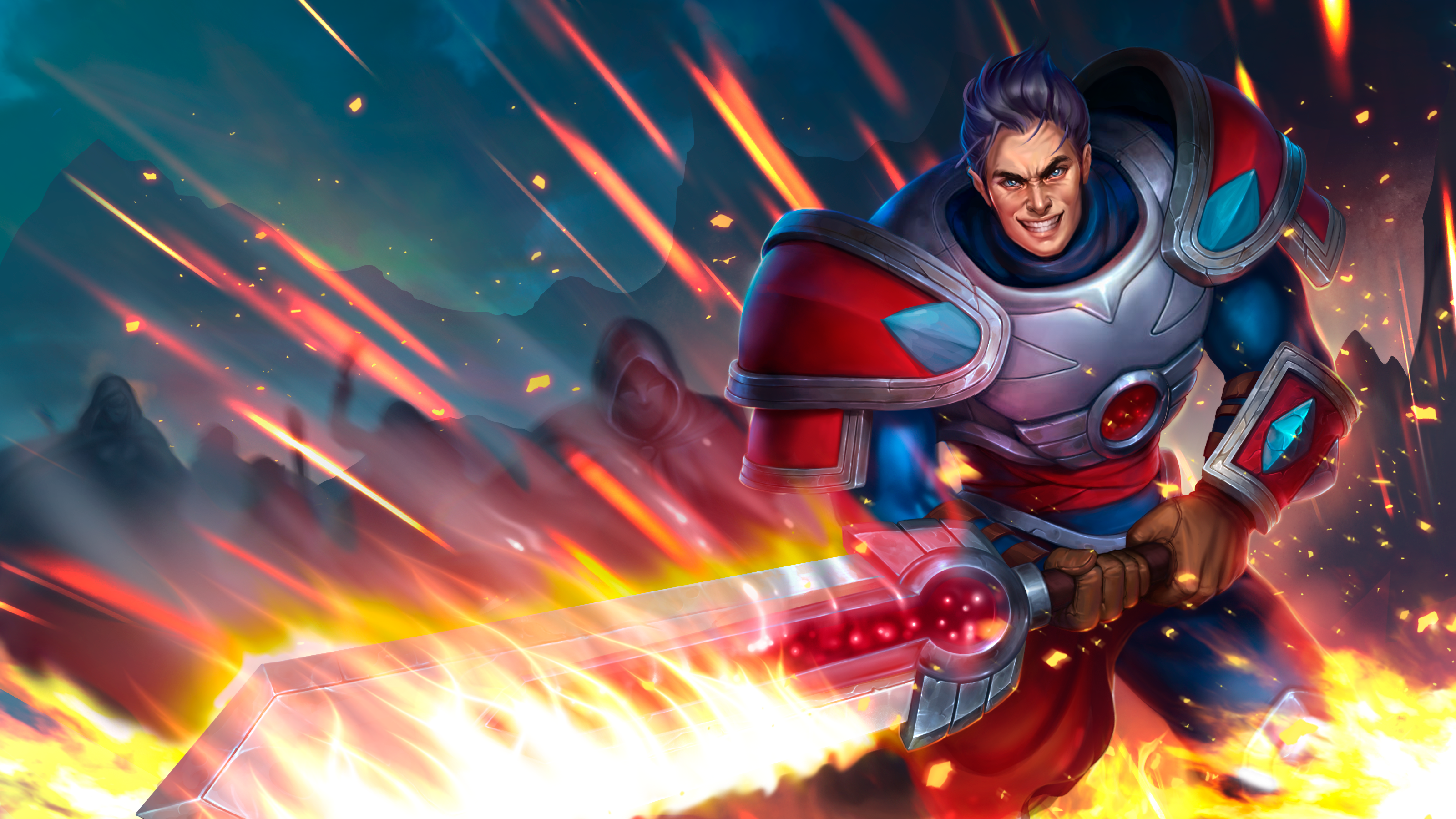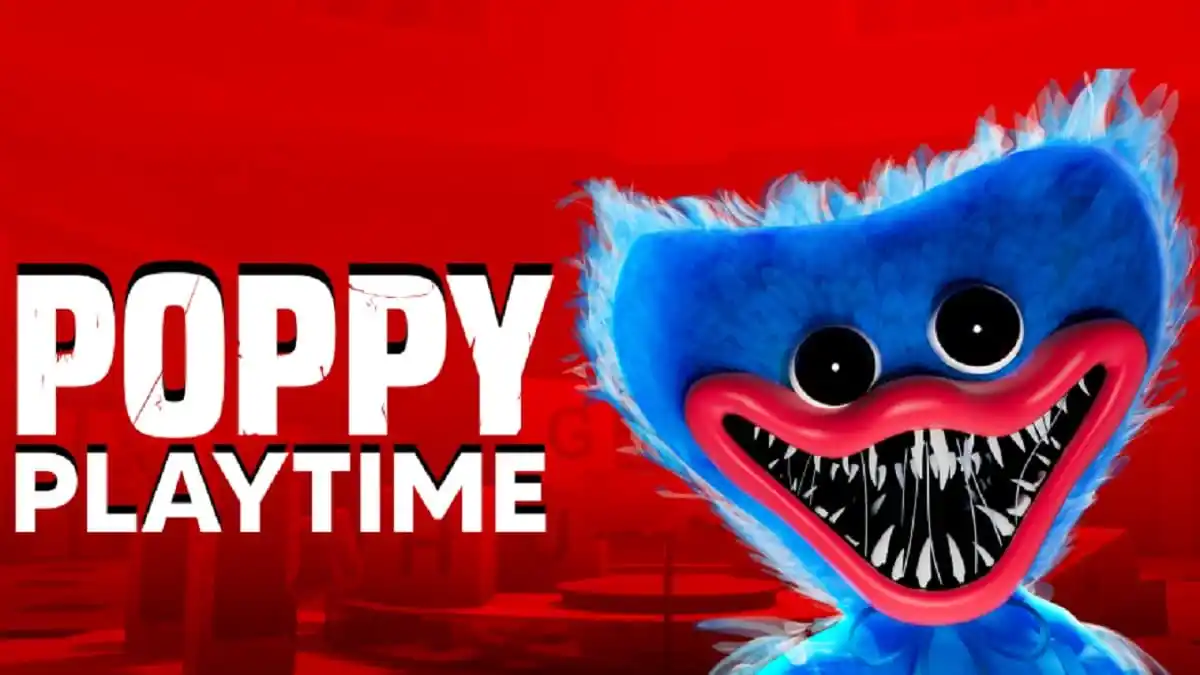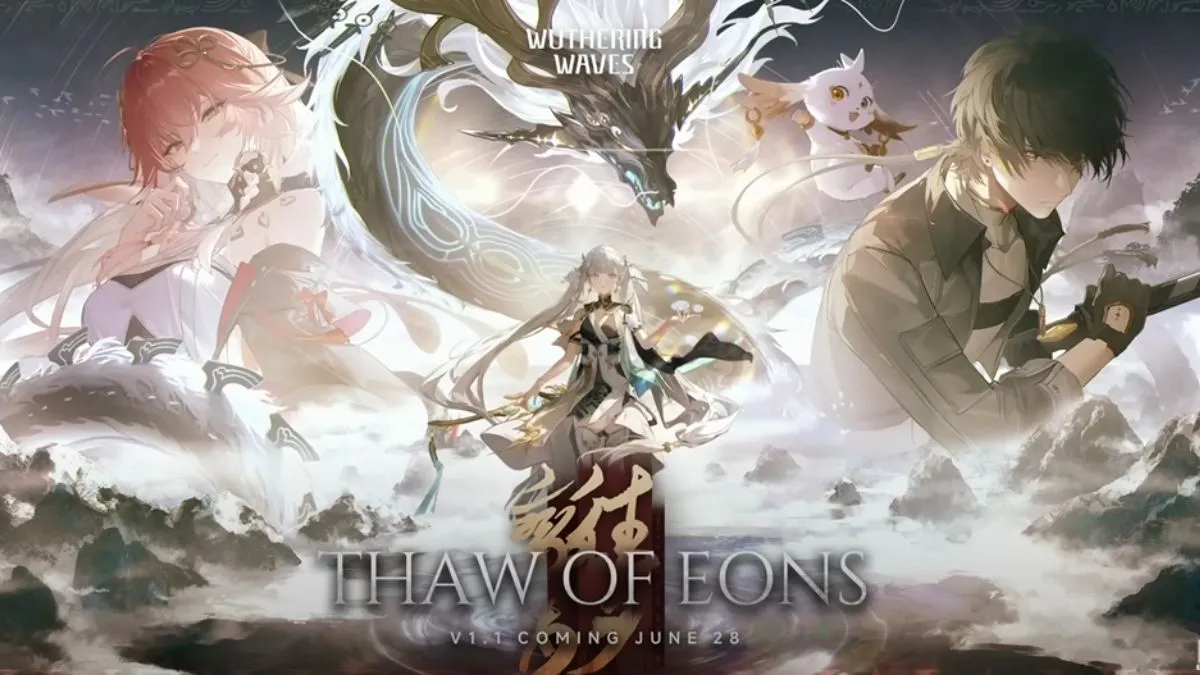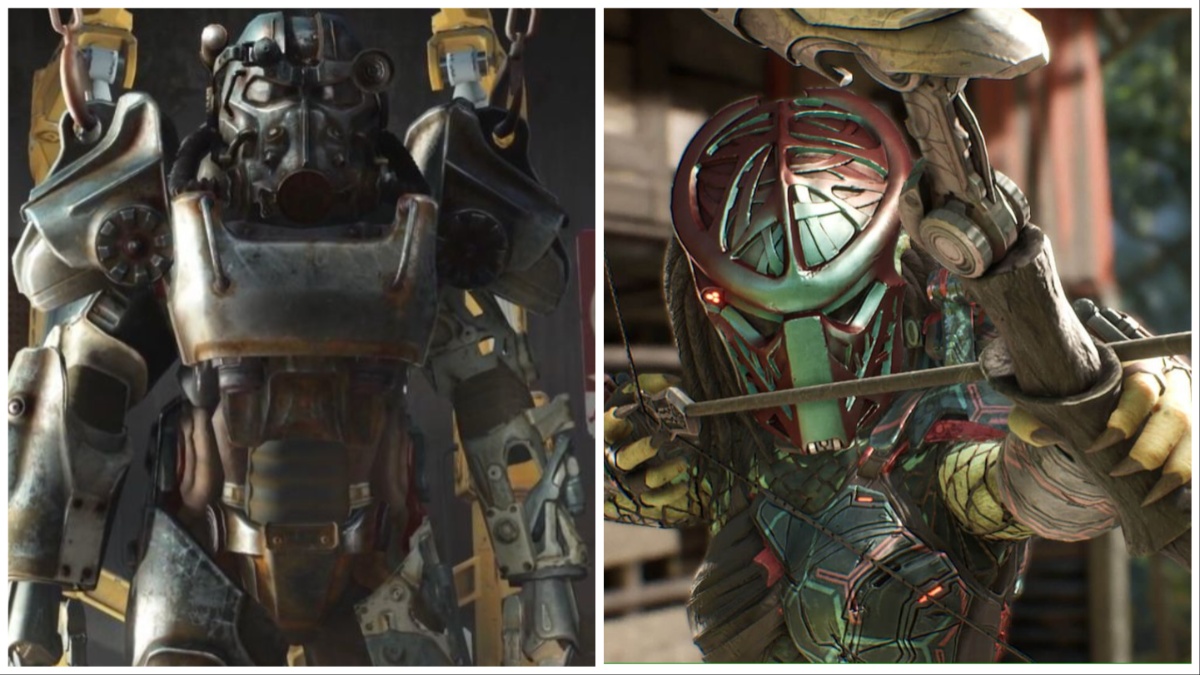Editor’s Note: Many gamers will have already heard about the very expensive, very public derailing of the Green Label Game Jam, but for those who are in the dark, here’s a brief overview of the gamejam phenomenon and coverage from those involved.
—-
Industry Innovations from Indy Gatherings
Just as musicians go to jam sessions to play together, experiment, and try new things, a gamejam is a 24 to 48 hour gathering to plan, design and create one or more new game apps.
The 0th Indie Game Jam, in March of 2002, is credited by many to be first. Now, global events are held in hundreds of world-wide locations – growing each passing year. That first session produced 12 games from 14 attendees.
The following years brought more attendees, more challenges and innovations.
While the annual Global Game Jam continues to garner larger attendances, more corporate interest and more gamer following, gamejams in general have still not had their “Comic Con Crossover” moment into mainstream awareness.
Quiet on the Set!
At some point last year, a game jam event was put into the works by Game Jolt founder David DeCarmine and IndieStatik’s Josh Mattingly. They laid the groundwork for a major gathering that had huge potential for game jam broadcasting.

Maker Studios would film the event and supply the location as well as room and board. Part of the attractiveness of the concept was that it could show the struggles of independent game designers and how their creative process worked in the form of a reality series.
Maker produces a wide variety of programming, with their Polaris division focusing on ‘geek culture’ making gaming industry videos and entertainment news via YouTube. Still, the concept quickly garnered attention beyond the technology arena.
Soon, the stage was set to spotlight how indy developers take a game from mental concept to concrete reality all in the span of 48 hours thanks to dedicated effort, teamwork, imagination and a lot of caffeine-fueled sleepless hours of coding and building.
But, it was not meant to be.
Lights… Camera…
…a documentary of indy gaming design suddenly was spun into a reality TV show, complete with judging panel…
As the first day of filming the Green Label Game Jam approached, Polaris had created one of their largest filming stages to date. It literally took over an entire building. The concept of creating a documentary effort of indy gaming design suddenly was spun into a reality TV contest show, complete with judging panel, competitions, and corporate-sponsor prizes.
To support such a massive effort, the budget ballooned, including a $400,000 sponsorship from PepsiCo. In addition to the color-coded work areas and work stations, there would be Mountain Dew artwork all over and the only drink options to be seen on set were Mountain Dew products or bottled water.
To insure their investment however, a brand consultant was sent by Pepsi to oversee proper product placement, as well as be involved in developing a product-positive environment. What happened though was altogether another story.
Almost from the jump, the consultant Matti Leshem seemed to take over the filming process, moving from group to group with the cameras and sound crew. Dictating the action, he also would pose comments intended to solicit responses from the teams as they worked.
Like directing an episode of Survivor or Hell’s Kitchen, the questions asked and comments made were apparently designed to stir up discussion or worse–create artificial drama.
…Annnnnnd Action!
It’s well-known that most reality TV is NOT real, but rather directed or edited in a fashion to have a story arc, and in many cases completely scripted.
In one case, when there was a minor disagreement between Zoe Quinnzel and YouTuber JonTron, the two wisely decided to take their discussion elsewhere to minimize tension and work out their issue. However, the camera crew followed and reporter Jared Rosen said inciting remarks were made that seemed to try and push the talk toward a full-blown argument. It didn’t.
“As the project grew in scale, they made compromises that they shouldn’t have.” – Robin Arnott
As the day progressed, Leshem tried to re-open the issue between the two. When that failed to spark conflict, other angles were taken to gin up TV drama.
Now, it’s no secret that women in gaming has become a hot button issue in recent years and often it’s not just a lightning rod, but also one that can easily be exploited into reaction-causing fodder for media consumption.
With more women involved in the development and publishing side of gaming, let alone the larger percentage of female gamers, it almost seem archaic to judge skill, ability and potential success based solely on gender.
But, that didn’t stop Leshem from posing some extremely misogynistic questions.
“Do you think you’re at an advantage because you have a pretty girl on your team?”
“Two of the other teams have women on them. Do you think they’re at a disadvantage?”
And that’s where the train came crashing to a halt. As the consultant continued his efforts to get a rise from anyone on camera, and after 14 hours of being in a virtual pressure cooker, most were ready to call it quits. Some were calling for Leshem’s head.
With such a large investment and so much on the line, the directors, producers and show runners made efforts to salvage what they could. In the end, the toxic atmosphere was too much and the event succumbed.
Cut! That’s a Wrap!
Those in attendance were asked to sign various legal protection and non-disclosure agreements, which is standard to the TV business, but some didn’t sign the paperwork and others have offered detailed accounts in spite of it.
- Here is participant Adriel Wallick’s take.
- Robin Arnott had this to say in his blog.
- Indie Statik’s Jared Rosen was there to cover the project. His take on the proceedings are definitely worth reading beyond any justice I could give this topic.
- Zoe Quinnzel’s Blog posted this after the whole affair. Since Ms. Quinnzel did sign a non-disclosure agreement, she limits the detail of her response.
Mr. Leshem so far has not posted a public comment on the entire affair. Indeed, his Twitter account has been quiet for some time.






Published: Apr 1, 2014 12:12 pm